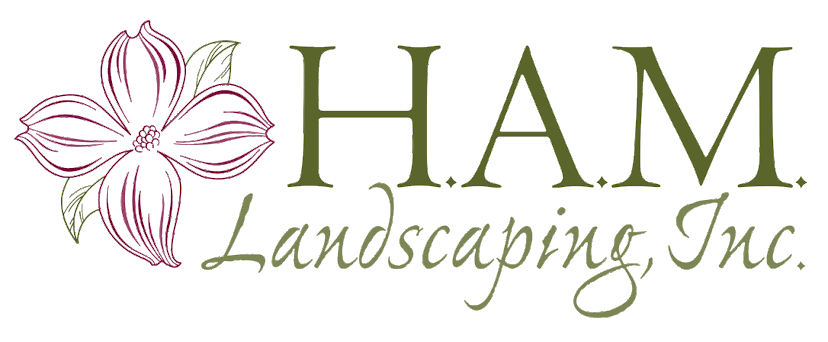Landscape and Lawn Care Maintenance in Cleveland, Ohio
At H.A.M. Landscaping, Inc, we take pride in our award winning landscape design and installation team that offers creative and innovative landscape solutions throughout the Greater Cleveland, Ohio area. From residential to commercial, landscape design to installation, weekly lawn maintenance to seasonal snow plowing services, H.A.M. Landscaping has you covered!
Monday, August 6, 2012
Late Summer Lawn Care
Where has the summer gone? It is definitely hard to believe that it's August already. It won't be long now till autumn is upon us, and with that thought we turn to late summer and early fall lawn care. I came upon a good article on Learn2Grow, that explains the benefits of de-thatching and core aeration, two practices that are important for rejuvenating your lawn.
Detach Lawn Thatch by
Carol A.Crotta:
What is thatch? It’s the dead, dry remains of turfgrass roots, stolons and rhizomes that don’t decompose as quickly or easily as they should. Spotting thatch is easy: Take a walk across your lawn. Does it feel springy? If so, you have some thatch. Does it feel very springy, and do your feet sink deeply into the lawn? Then you’ve got a lot of thatch. Now get down on your hands and knees and inspect the lawn closely. You should be able to see soil between the blades. If you find fibrous yellow straw-like material, then yes, you’ve got thatch.
Now, some thatch is normal because it helps prevent water runoff, insulates the soil from too much heat, and even denies pests access to roots and stems. If you do see thatch in your lawn, grab a metal ruler or tape measure and stick it into the turf until it hits soil, then note the depth of the thatch layer. Generally, a thatch thickness of less than ¼ an inch is acceptable. If it’s between ¼-½ of an inch, you’re on your way to a thatch problem. If it’s more than half an inch thick, the problem has already arrived and requires immediate treatment.
Too much thatch is an indicator of a general breakdown in the normal decomposition process essential to growing healthy turfgrass. In rich soil with normal biologic processes, thatch is broken down fairly quickly by microorganisms and, most importantly, earthworms – which munch it up and reduce it to precious humus.
Ironically, many of the commercial fertilizers, fungicides and pesticides that get added to our lawns drive up the soil’s acidity and send earthworms and other microbes packing. Without them and their help, thatch doesn’t break down. This dynamic can be reversed by aerating your lawn, “sweetening” the soil to a 6.5-7.0 pH range and topcoating it with rich organic matter like peat moss. Of course you can only use this remedy after you’ve dethatched your lawn.
We offer services to get your lawn in shape this fall, call us today for an estimate.
Wednesday, March 16, 2011
Past Projects
Take a look at some of our enhanced patios, decks, and water projects designed and installed by our staff.
We can create the perfect landscape that compliments your lifestyle through landscaping, hardscaping, landscape decor and lighting.
Subscribe to:
Posts (Atom)








